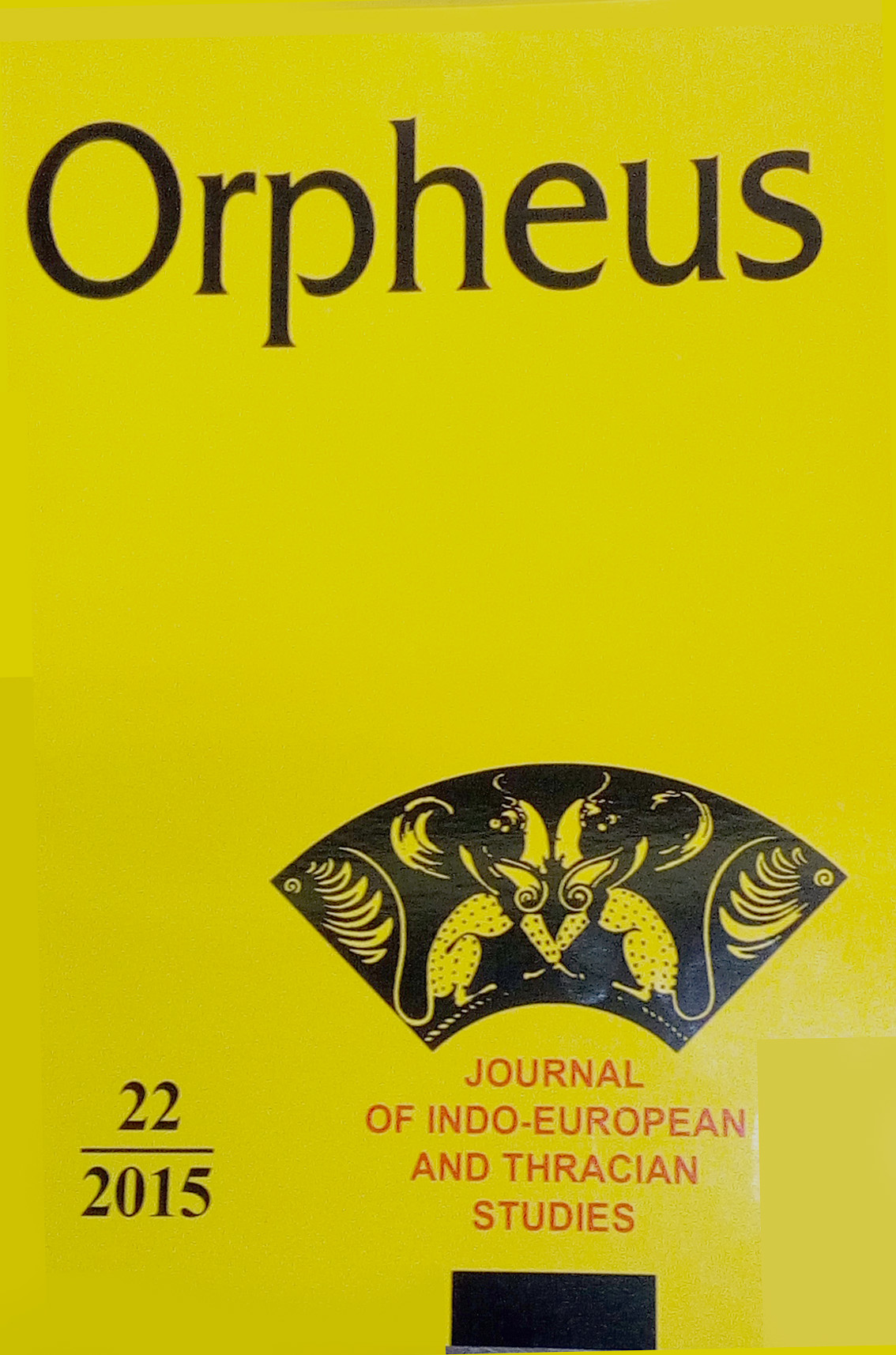The Treasure from the Golyama Brestnitsa Village and the Relation: Sacred Object – Rite – Faith
The Treasure from the Golyama Brestnitsa Village and the Relation: Sacred Object – Rite – Faith
Author(s): Valeria FolSubject(s): History, Archaeology, Fine Arts / Performing Arts, Cultural history, Photography, Visual Arts, Comparative history, History of ideas, Local History / Microhistory, Social history, Ancient World
Published by: Институт за балканистика с Център по тракология - Българска академия на науките
Summary/Abstract: The treasure from the Golyama Brestnitsa village in North-Central Bulgaria consists of one cylindrical vessel and five dippers with total weight of 1.650 kg highest grade silver. The dippers are not identical in size and ornamentation. An inscription is incised on the bowl and on one of the dippers, which reads: Κυριω Ηρωι Πυρουμηρουλα Φλ(αβιος) Μεστριανος β(ενε)φ(ικιαριος) ευχαριστηριον (“To master Heros Purumerulas from Flavius Mestrianos beneficiarius, as a sign of gratitude”). The prevalent opinion in the literature is in favour of the meaning “big/ brilliant fire” for the epithet Πυρουμηρουλας, and for the name of the beneficiarius Μεστριανος – that it is a Latinised Thracian name. The making of the vessels is dated to the end of the 1st or the beginning of the 2nd century, and its burying is associated with the barbarian incursions and more specifically with the late 3rd century. The paper interprets for the first time the treasure and the inscription from a functional and a ritual point of view in the context of the Romanisation to the north of the Balkan Range. Inscriptions with the epithet Πυρ(ου)μηρουλας, Pirmerulas occur to the south of the Balkan Range and along the Struma valley. An assumption is given in the paper that the donor of the treasure with a dedication to a god-horseman (and hunter) with fiery-solar characteristics may originate from these regions. Another possibility is the epithet to have been carried to the north by Thracians who settled in the region after their military service. The treasure from Golyama Brestnitsa supports the theory that two types of transformations took place during the first two centuries of the first millennium AD between the Balkan Range and the Danube as a result of the inclusion of the Thracian lands within the Roman Empire, namely: visible, formal Romanisation of urban and communication infrastructure and the emergence of multicultural enclaves, name system and formation of a shared trade space, and actual Romanisation – of the lifestyle, faith and ritual.
Journal: ORPHEUS. Journal of Indo-European and Thracian Studies
- Issue Year: 2015
- Issue No: 22
- Page Range: 72-79
- Page Count: 8
- Language: English
- Content File-PDF

